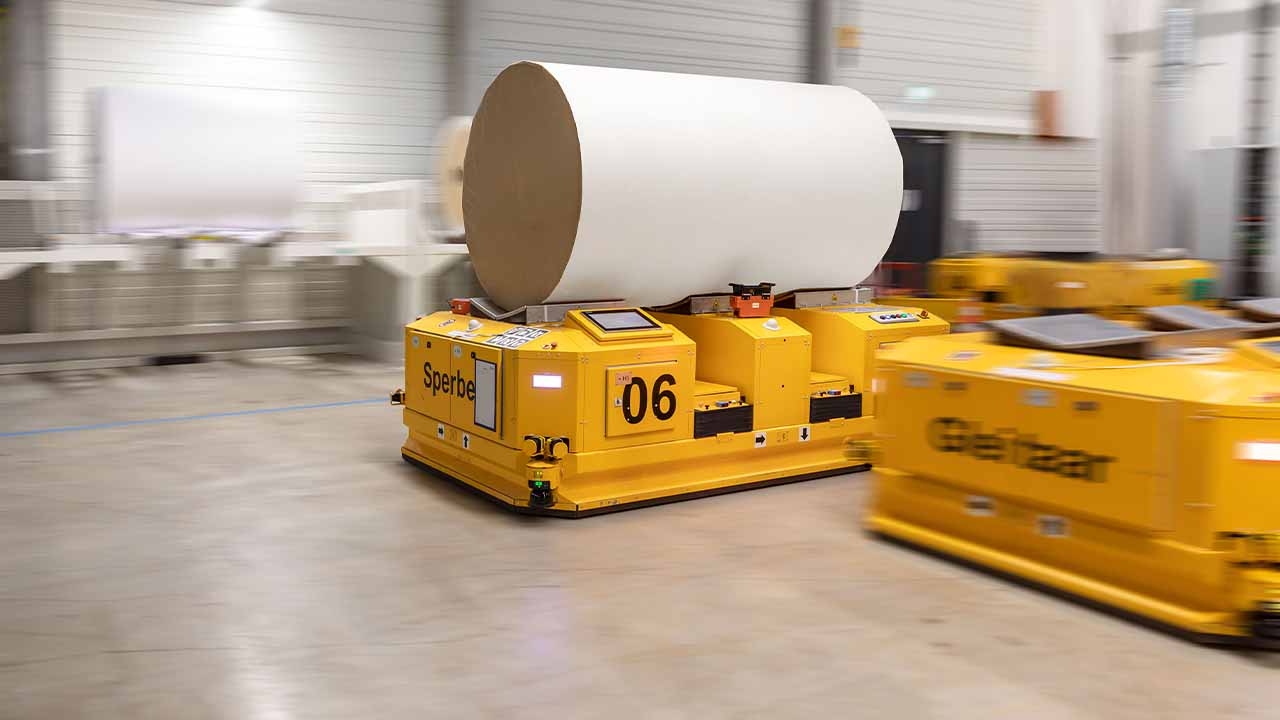Herma launches sustainable adhesive at Labelexpo
New adhesive temporarily binds more CO2 than is emitted for its production

Herma will present new self-adhesive material for labels that, in terms of the emission balance sheet, temporarily binds more CO2 than is emitted for its production until it is delivered by Herma at Labelexpo Europe 2023 in hall 5, stand C14.
The emissions balance has been calculated by the climate protection specialist myclimate, taking into account the cradle-to-gate approach and the final disposal phase. At the same time, its calculation method has been critically reviewed by Carbotech, an independent specialist in life cycle assessments.
‘The cradle-to-gate alone approach does not take into account the utilization and disposal phases as we have no control over them,’ said Marcus Gablowski, chief sustainability officer at Herma. ‘Regardless of how the label is structured, the bound CO2 is released again when it is incinerated at the end of its life cycle. But if it is recycled, for example, the bound CO2 remains in the material cycle for longer. This once again underscores the importance of material recycling.’
The new adhesive 71N plays a decisive role in achieving a good emissions balance. Herma has developed it in cooperation with BASF. According to the so-called biomass balance approach, the raw materials required for its production are partly based on biomass from organic waste instead of fossil raw materials. The appropriate plants have recently extracted the greenhouse gas CO2 from the atmosphere during their growth phase .
As part of its certification, REDCert2 confirms that BASF replaces a defined proportion of fossil raw materials with renewable raw materials within its production processes. "The main premise for us in the development of the adhesive was of course to retain the quality properties. We have established and proven this in many series of tests,’ emphasized Dr. Stefan Kissling, head of development of adhesives and special coatings for Herma's self-adhesive materials division. ‘The new adhesive 71N has excellent adhesive properties and can be easily processed.’
However, it was important for achieving the emissions balance target to take account of the use of renewable raw materials for all the main components of the new self-adhesive material. They absorbed CO2 from the atmosphere during the growth phase, thus storing it at least temporarily.
‘In close cooperation with our long-standing suppliers, we have also selected a label and a backing material that is characterized by a very low carbon footprint even without taking the bound CO2 into account: Solely through the use of the appropriate materials, we were able to reduce this value by about 20 percent compared to a conventional self-adhesive mate-rial, as calculations show,’ explained Gablowski.
The Herma-coat light (grade 238) label material used is suitable for sophisticated labels with multi-color printing. The slightly glossy material can be printed in all conventional printing processes as well as in thermal transfer and laser printing. In general, Hermacoat light can also be printed with digital printing processes such as Xeikon and UV inkjet.
Herma recommends preliminary tests to this end. Brown, supercalendered glassine paper with the designation Herma PH (grade 500) is used for the backing material.
Stay up to date
Subscribe to the free Label News newsletter and receive the latest content every week. We'll never share your email address.

